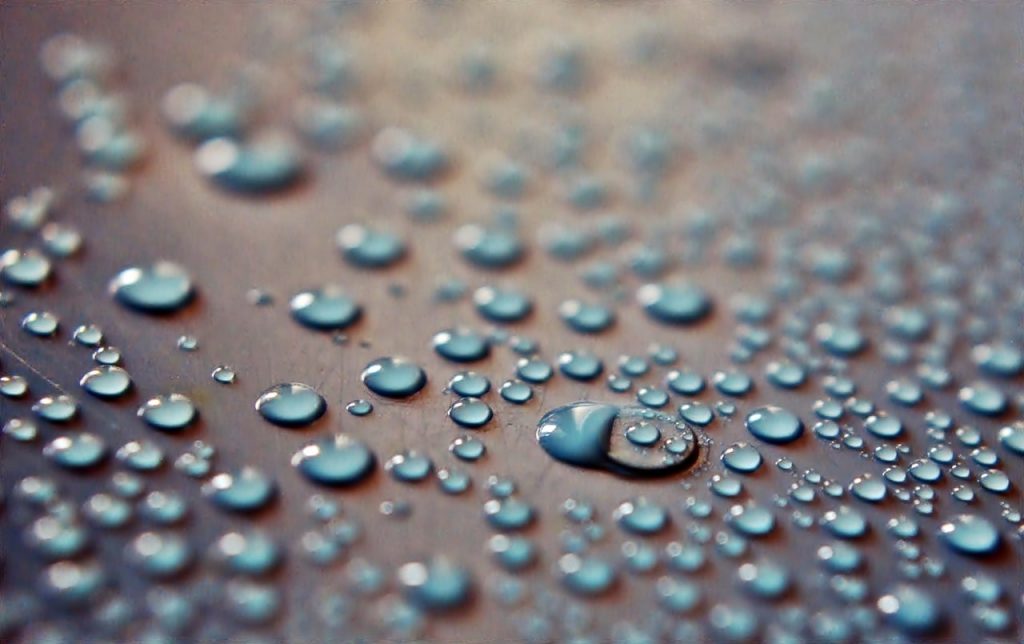A typical industry relative humidity or RH level as it’s known, is around 75% which given the right environment and enough time, is possible to achieve through natural drying alone.
High-end floor finishes such as wood are extremely sensitive and need much lower RH levels of 65% or less. In this instance natural drying can only go so far and is limited by the typical UK climate.
Decide which screed testing method to use to measure and record the RH.
There are several methods of screed testing and recording RH. The most common methods used by flooring contractors is a digital hygrometer test also known as a hood hygrometer. This non-invasive device is placed on the screed floor over a set period to collect and record the RH levels.
Surface testing comprises of a specialist piece of equipment placed on the screed floor which uses the electric current passed between sensors on the underneath to record the RH levels.
Invasive testing uses a digital probe dropped into a drill hole within the screed floor. This method can also be used to double check the depth of the screed. The deeper the screed, the longer it will take to dry.
Testing requires the right equipment and expertise to interpret the results so consider who will carry out the screed testing.
Check the screed data sheet for the products natural drying times.
Be sure to check the natural drying time of the screed as this is often overlooked and it may mean the screed just needs longer to dry.
Consider whether the screed experienced the right environment to be able to dry.
Regardless of the screed brand or type, what most have in common is the environment they need to experience to be able to dry naturally. It may vary slightly but the majority need a consistent 20°c temperature and an atmospheric RH of 65% (this is the RH of the air above the screed). These conditions are required 24 hours a day for the entire duration of its natural drying time.
If the screed has not experienced these conditions, then this will be the most obvious cause for the delay. In this situation there are two options.
1 – Create the right environment using heat and dehumidification to continue natural drying.
If there is no underfloor heating or radiators, space heaters can be used to provide heat. Continue to test the screed at regular intervals to record progress. This will give a good indication of how much longer it will take to reach the target RH.
2 – If there is underfloor heating use specialist equipment to force dry the screed and speed things up.
High spec dehumidifiers and specialist boilers link up to the underfloor heating manifold to quickly and safely heat up and cool down the screed and will save much more time compared to natural drying. Manufacturer’s guidance should always be checked.
Was the target RH below 75%?
In this instance additional environmental controls would be needed to achieve these low levels of humidity. The UK climate is rarely warm or dry enough for the screed to dry to those levels. Consider heat and dehumidification to create this extra dry and warm environment so the screed can reach its target RH.
Has there been a leak, flood, or water ingress in the building?
Screed can reabsorb water; in this instance the water ingress should be investigated and stopped right away. Once under control the screed would continue to dry naturally. Consider introducing heat and dehumidification to help get things back on track quickly.
Could there have been a product failure?
If all other avenues have been considered the next step would be to speak to the supplier or manufacturer. On the very rare occasion there is a problem with a product or batch they will be able to advise on the best course of action.
